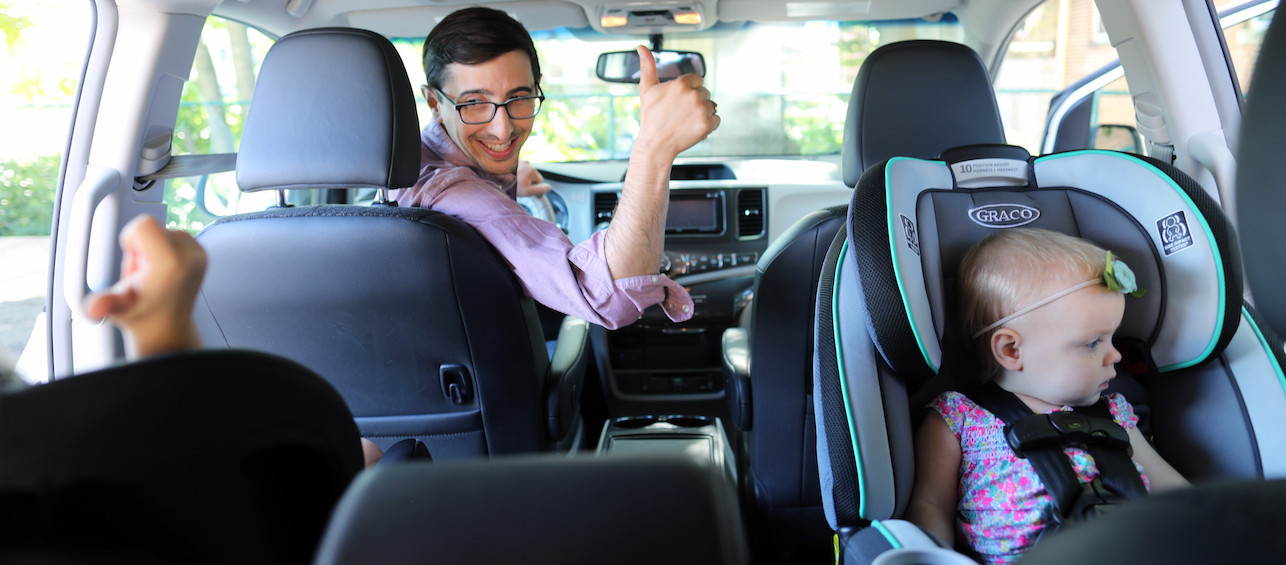As the weather is finally getting warmer, your kids are probably itching to get outside to play. We know that kids are going to fall, crash, slip and tumble, but there are important things parents can do to ensure that kids avoid the more serious injuries that can lead to significant injuries or even death. Please take five minutes to review the following list of the top 5 outdoor injuries and what you can do to help keep your kids safe.
Head injuries related to bicycles, skateboards and scooters
- Fast facts: Properly fitted helmets can reduce the risk of head injury by at least 45% -yet less than half of children age 14 and under wear a helmet
- How to protect them: “Put a Lid on It” – Teach your children to wear a properly fitted helmet every time they ride to prevent head injury and death. Ride on sidewalks where permitted. If that is not an option, ride in the same direction as traffic on the far right-hand side of the road. Children model behavior, so wear a helmet of your own to set a good example of safe riding.
Falls from playground equipment
- Fast fact: Falls account for more than 75% of all playground-related injuries. Lack of, or improper supervision, is associated with approximately 45% of injuries that occur on a playground.
- How to protect them: Actively supervise children on playgrounds. Take your kids to playgrounds with shock-absorbing surfaces such as rubber, synthetic turf, sand, wood chips or mulch. Remove necklaces, purses or clothing with drawstrings that can get caught on equipment and create a strangulation hazard. Remind children that pushing and shoving while on a playground can be dangerous.
Drowning
- Fast fact: Drowning is the leading cause of injury-related death among children ages 1-4.
- How to protect them: Actively supervise children in and around open bodies of water – at the beach, community pool, backyard pool, even ornamental ponds and baby pools. Teach your children how to swim and make sure that you and other supervising adults know CPR.
- Choose a Water Watcher. When there are several adults present, choose one to be responsible for watching children at all times in or near the water for a certain period of time, such as 15 minutes. After 15 minutes, select another adult to be the Water Watcher.
Sports-related injuries – heat exhaustion especially
- Fast fact: Children are at increased risk of heat illness. Compared to adults, children have a lower sweating capacity and produce more metabolic heat per unit of mass during physical activities.
- How to protect them: Encourage kids to stay well hydrated by drinking plenty of water before, during and after play. Make sure they stretch before practice and games.
Heatstroke in hot vehicles
- Fast fact: On average, every 10 days a child dies from heatstroke in a vehicle. In more than half of these deaths, the caregiver forgot the child was in the car. In other cases, the child climbed into the car and could not get back out.
- How to protect them: Remember to A.C.T.
- Avoid heatstroke-related injury and death by never leaving your child alone in a car – not even for a minute. Keep your car locked when you’re not in it so kids don’t get in on their own.
- Create reminders by putting something in the back of your car next to your child that you will need at your final destination – a briefcase, purse or cell phone works well. This is especially important if you’re not following your normal routine.
- Take action. If you see a child alone in a car, call 911 immediately. Emergency personnel want you to call. They are trained to respond to these situations. You could save the life of a child.
We want kids to play and exercise outside as much as they can (remember sunscreen too!) and do not want you to keep them from the activities that they love because they might get hurt. But with knowledge comes power to protect them – at least to an extent – and hopefully keep them outside playing and not visiting us in the emergency department!
If you have questions or would like more information, please contact our Comprehensive Children’s Injury Center.





Great post.
Approximately eight percent of boys and five percent of girls aged three to seventeen have had a significant head injury at some point in their lives.